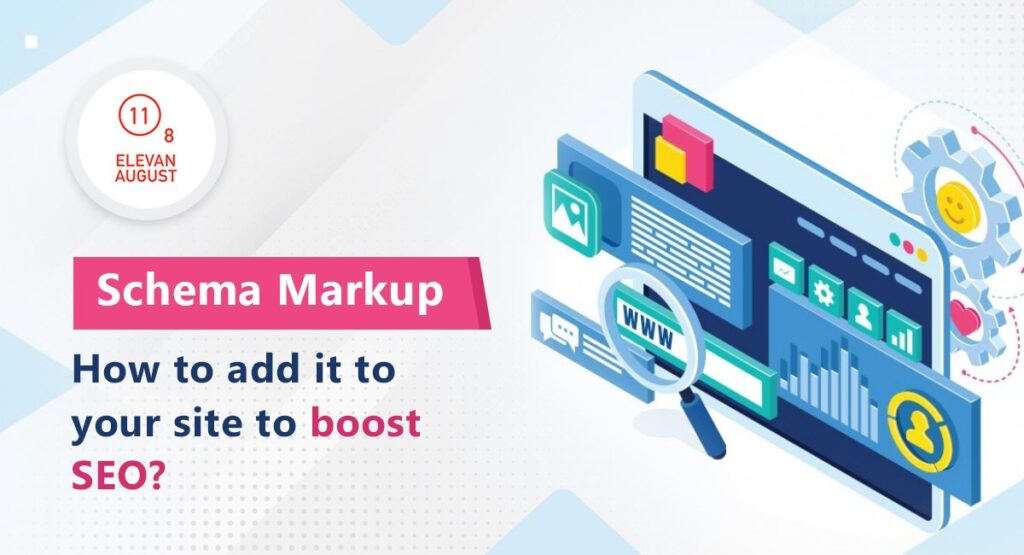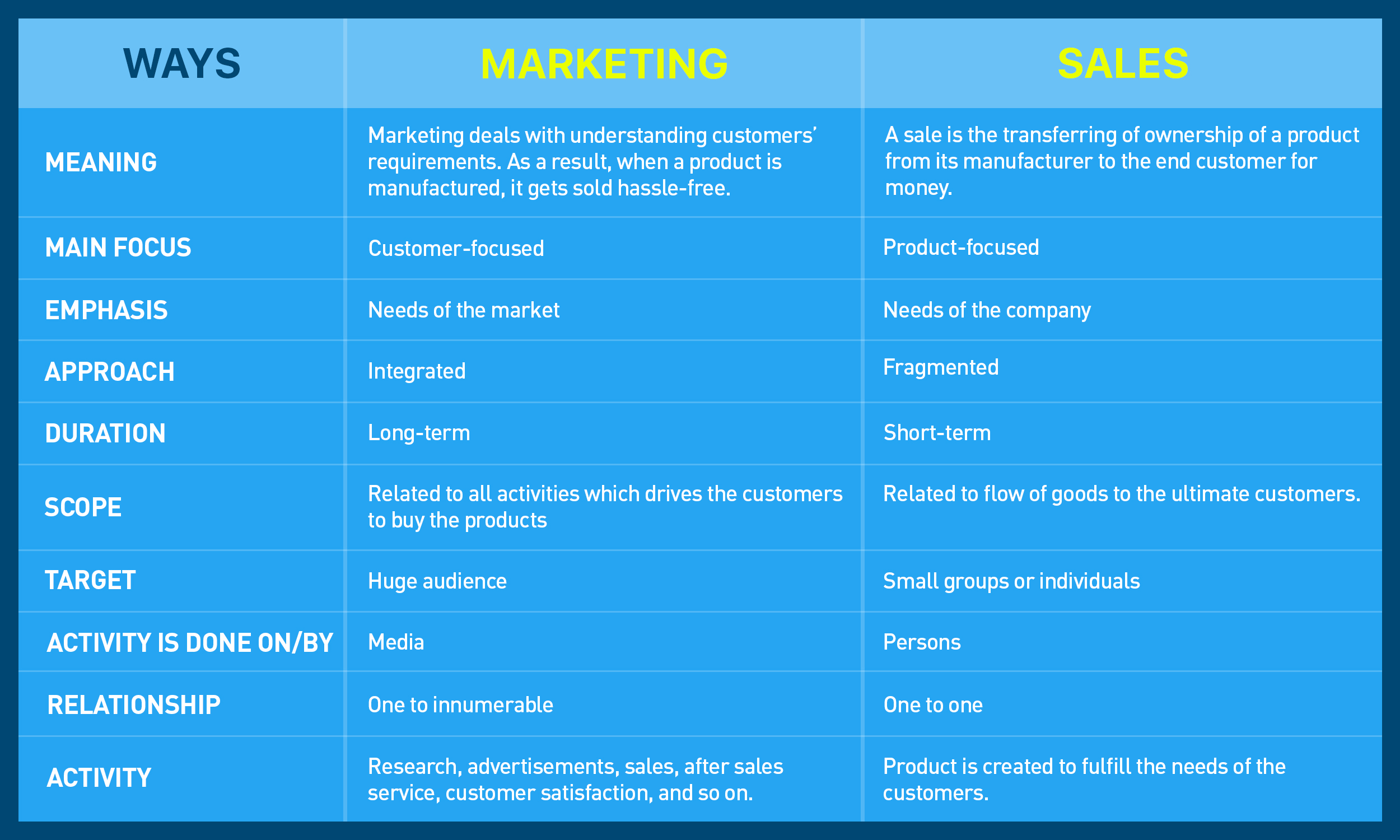Schema Markup is a code that helps search engines understand its context when added to your website. It helps create rich snippets which appear on SERPs for relevant search queries. Moreover, it also helps boost SEO in many ways. An SEO agency Singapore may help you understand the benefits of using schema markup for SEO. This blog will further discuss how to use schema markup in your website to boost SEO.
What is Schema Markup?
As we said earlier, schema markup helps search engines understand your website’s context and rank them for relevant searches. It consists of tags you need to include on your website to boost their rankings on SERPs. You can visit Schema.org to check the relevant tags you can use on your website.
Using schema markup allows search engines to pull additional information from your website in the form of rich snippets. These snippets will likely have higher click-through rates than regular search results.
Benefits of Schema Markup for SEO
Before we discuss how to use schema markup for SEO, let’s discuss its importance for SEO. Regardless of the type of your website, schema markup is beneficial. These sites can be online stores, local businesses, blogs, etc.
For example, let’s assume you are using schema markup for your online store. You must check the relevant ones when adding tags to your product page. Adding them to your product pages will help search engines understand their context to rank them accordingly in SERPs.
Using schema markup the right way can help create a knowledge panel or graph in Google that highlight key aspects of your business.
Moreover, SEO experts also advise using schema on your how-to guides and FAQ pages to get rich snippets that answer commonly asked questions by users.
Your users are likely to click on these rich snippets, thereby contributing to high organic web traffic, which eventually helps improve conversion rates.
You must also remember that including schema markup in your how-to guide and FAQ pages can help build authority, boosting web traffic and engagement and, eventually, your search rankings.
Hence, to experience all these SEO benefits, you should include schema markup in your website.
How to use Schema Markup to boost SEO?
Now that you know the benefits of schema markup for SEO, let’s discuss how to use them on your website. You may consult an SEO expert Singapore to help add schema markup to your website.
You can implement schema markup on your site through the following steps.
1) Generate Markup
Before you can add markup to your site, you need to generate them. Though you can manually write the schema markup; however, it is not required. If your website is built on a WordPress platform, it offers various plugins which can make the process easier. Otherwise, you can use markup generators. These generators help create basic markup, which you need to adjust further according to your requirements.
Schema markup codes are available in – JSON-LD, Microdata, and RDFa format. Though Google recommends using JSON-LD format; however, you may need to use other formats if the site and its plugins use them.
2) Test your code
Once you generate the code, you can test the code snippet before using them on your website. Otherwise, you can also check your page URL after adding the schema markup. In this regard, Google offers the Rich Results Test tool. It is the official Google tool to test your structured data to check which Google rich result the structured data on your page can generate. You can also use Schema Markup Validator to check your webpage or a line of code to test any errors or warnings.
3) Deploy the code on your website
Deploying the code on your website depends on its type and tagging system.
First, you need to select a data type, such as product, book review, etc., and enter the page URL you want to mark up. You can select any page or post for schema markup. When ready, you need to click on ‘Start Tagging’. Doing so will drive you to the ‘Tag data’ page. You can manually select elements from the page and add appropriate tags accordingly.
To do so, highlight the element in the preview panel and select the appropriate tag from the menu. You can view the selected tags on the right side of your screen in the panel. Sometimes, you may notice that you cannot highlight a few elements. In such cases, click on the ‘Add missing tags’ button at the bottom of the right panel to enter the data manually.
SEO experts suggest adding as much information as possible, regardless of your web page type, to improve the chances of getting rich snippets in Google.
For WordPress sites, click on the ‘Create HTML’ button after tagging your data to generate the code based on your selection. Otherwise, you can paste the previously generated code directly into your post or page. Based on the content type you are marking, the process will vary.
- WooCommerce product page – You need to visit your WordPress dashboard, and open the relevant product for editing. Next, select the ‘Text’ tab in the body text field, and paste the code. Finally, click on ‘update’ to save your changes.
- WordPress posts or pages – First, you need to open the page or post you need to markup. Next, click on the ‘+’ sign to add a new block and select the ‘Custom HTML’ section. Here you need to enter the previously generated schema markup code. Finally, click on ‘Update’.
You can go through the above steps to use schema markup on your website. You can hire SEO services Singapore to add schema markup to your website if you have trouble doing it by yourself or if you want to assign the work to professionals so that you can focus on other aspects of your business.
Eleven August Media is one of the top digital marketing companies in Singapore. They offer a wide range of services to their clients. They can also help in implementing schema markup in your website to boost SEO.






